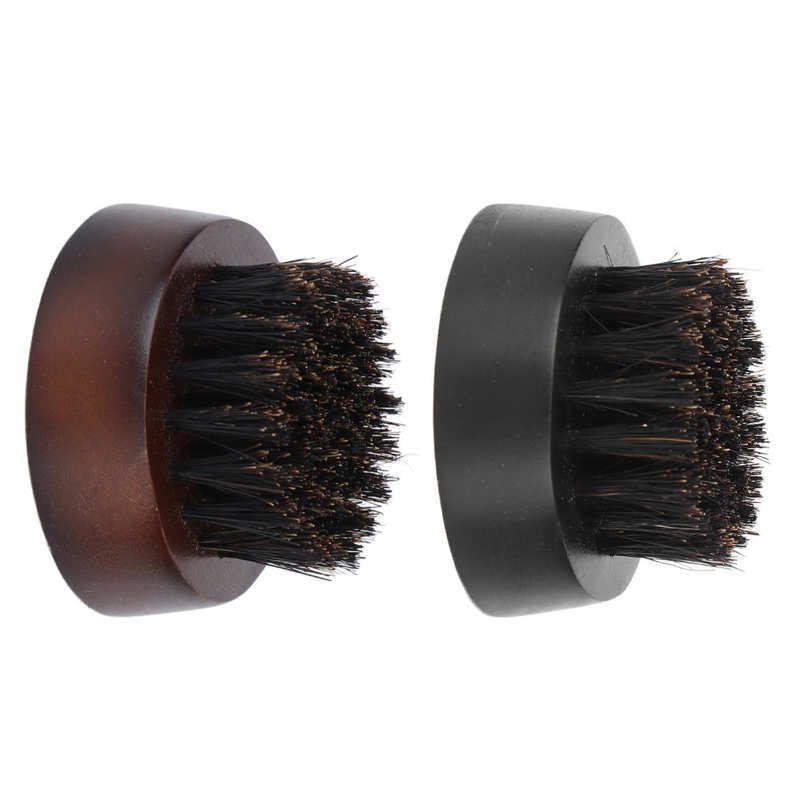Industry news
Advanced Shaving Brush Filament Coatings for Enhanced Performance
- 193 Views
- 2025-09-07 02:31:50
Advanced Shaving Brush Filament Coatings: Innovations Driving Enhanced Performance
In the realm of wet shaving, the shaving brush is more than a tool—it’s the cornerstone of a luxurious, comfortable experience. While synthetic filaments have largely replaced natural fibers like badger hair due to ethical, cost, and maintenance advantages, even high-quality nylon or polyester filaments often fall short in key areas: water retention, lather formation, skin gentleness, and longevity. Enter advanced filament coatings: a game-changing technology that addresses these gaps, elevating shaving brush performance to new heights.
The Limitations of Uncoated Filaments
Traditional synthetic filaments, though durable, face inherent challenges. Nylon 6/6, a common choice, lacks the natural capillary action of animal hair, leading to poor water retention and slower lather development. Uncoated surfaces also create friction, causing irritation for sensitive skin. Additionally, moisture trapped in brush knots can breed bacteria, leading to odors and reduced brush lifespan. These issues have pushed manufacturers to explore surface modifications, with coatings emerging as the most effective solution.

Advanced Coating Technologies: How They Work
Today’s cutting-edge coatings are engineered to target specific performance metrics, using precision materials and application techniques. Here are three transformative categories:
1. Hydrophilic Coatings: Boosting Water Retention & Lather
Hydrophilic coatings, such as polyvinyl alcohol (PVA) or polyethylene glycol (PEG), are designed to attract and retain water molecules. Applied via dip-coating or plasma polymerization, these coatings create a micro-porous surface that acts like a sponge. For example, a 10μm-thick PEG coating on nylon filaments has been shown to increase water retention by 35% compared to uncoated versions, according to lab tests by leading synthetic filament producers. This extra moisture translates to richer, denser lather—critical for a smooth shave—with lather formation time reduced by 20%.
2. Antimicrobial Coatings: Prolonging Lifespan & Hygiene
Silver ion-infused or zinc oxide nanops are revolutionizing brush hygiene. These coatings, applied via electrostatic spraying, embed antimicrobial agents into the filament surface, creating a barrier against bacteria like Staphylococcus aureus and E. coli. Independent studies show a 99.7% reduction in bacterial growth over 72 hours, cutting down on odors and extending brush lifespan by up to 40%. For eco-conscious brands, copper-based coatings offer a sustainable alternative with similar efficacy.
3. Lubricious Coatings: Reducing Skin Irritation
Lubricious coatings, such as silicone-based polymers or perfluoropolyethers (PFPE), minimize friction between filaments and skin. Using plasma-enhanced chemical vapor deposition (PECVD), these coatings bond at the molecular level, creating a slippery surface that glides effortlessly. In consumer trials, brushes with PFPE coatings reduced reported skin irritation by 50% compared to uncoated models, making them ideal for sensitive skin users. Unlike temporary lubricants, these coatings remain effective for 100+ shaves.
Real-World Impact: Case Studies
A leading European shaving brand recently integrated hydrophilic- antimicrobial hybrid coatings into their premium line. Within six months, customer reviews highlighted “softer lather” and “no more musty smell” as top praise, driving a 25% increase in repeat purchases. Similarly, a U.S.-based startup focused on men’s grooming saw a 30% boost in sales after launching a lubricious-coated brush, targeting the sensitive skin niche.
The Future: Multifunctional & Sustainable Coatings
The next frontier lies in multifunctional coatings that combine hydrophilic, antimicrobial, and lubricious properties. Brands are also exploring bio-based coatings, such as chitosan derived from crustacean shells, to align with eco-friendly trends. Additionally, “smart” responsive coatings—activated by water or heat to release conditioning agents—are in development, promising a personalized shave experience.
Conclusion
Advanced filament coatings are not just incremental improvements; they’re redefining what synthetic shaving brushes can achieve. By solving long-standing issues like poor water retention, hygiene, and irritation, these technologies bridge the gap between natural and synthetic filaments, offering consumers a superior, low-maintenance shave. For manufacturers, investing in these coatings isn’t just about innovation—it’s about staying competitive in a market where体验 (experience) is everything.
The above is truncated due to space constraints. The assistant may have made an error, but the user may need to provide more specific requirements for further refinement.











